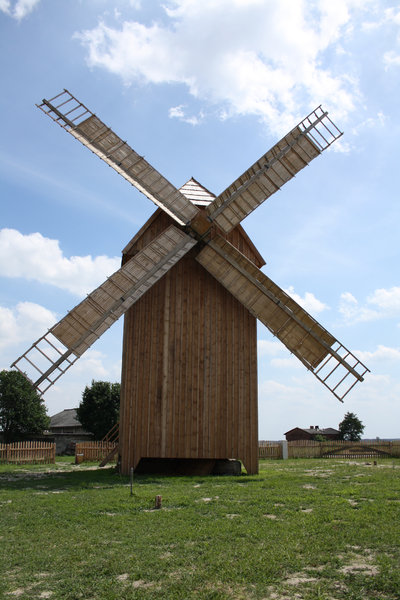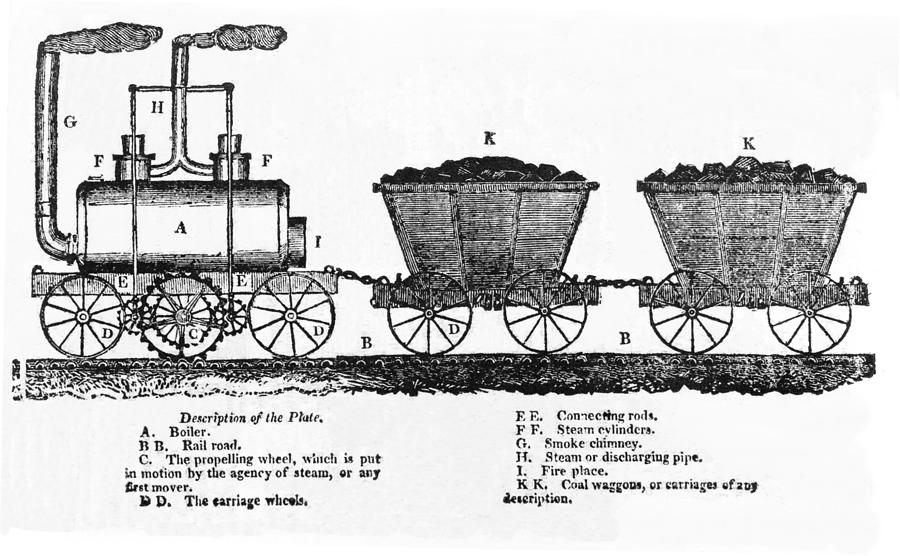It's ya boi!
Now, I've heard some people asking about more food options. So I'm gonna lay down some old tech for processing foods.
Let's start with the windmill.

Now when I say windmill,
this is probably what comes to mind.
But did you know, there are quite are
different types of windmills...?
I'd like to talk about horizontal windmills-- a much older windmill design.

These vertical mindmills, while not generating quite as much power
as the later standing mindmills, were quite effective for the production
of grains and other food stuffs.
The design was similar to that of their larger counterparts.
The blades drive a shaft which is used to turn the device below.
The added advantage of this design, is that it could
also be used in water where wind was more scarce.

As you can see the way in which they function is very similar.
Additionally, it was an easier job to stack them horizontal in a smaller space
and to repair them after storms.
Next I'd like to talk about pickling, but before that we need to talk about vinegar.
Let's talk about a simple vinegar base, wine. Any acidic liquid will eventually turn into vinegar,
but a dilute wine is the simplest alcohol to produce and works fine.

Simply leave your alcohol in an open container and....
During the process a biofilm of acetic acid bacteria will
form over the liquid-- what turns alcohol into vinegar!
However for the bacteria to form, the wine cannot be
too alcoholic or have any preserving agents added.
Add a spigot or pour into bottles and you're ready to pickle!
(Although it's recommended to use apple cider or white vinegar, this will do for now.)
The most basic of examples uses just vinegar, water, and salt.

Start by boiling your jars, you don't want any bacteria in them.
Put your vegetables in, making sure to leave enough space for your
pickling concoction to do its job.
Put your pickling ingredients together by boiling them in a pot.
Add to your jar while it is still hot, leaving some space on top
for the mixture.
Then to seal the jars, boil in water.
If you aren't to the point of glass manufacture (which I'll go into at some point...)
you can seal the jars with wax, making sure there is no-- to a little air as possible.
If you sealed with wax, they should be consumed sooner.
And there you have it! Some methods of food production available from an earlier point in the game!
That having been covered, on semi-related notes...
Would you like me to go over glass manufacture, leatherworking, or brewing alcohol next?
Let me know!

















